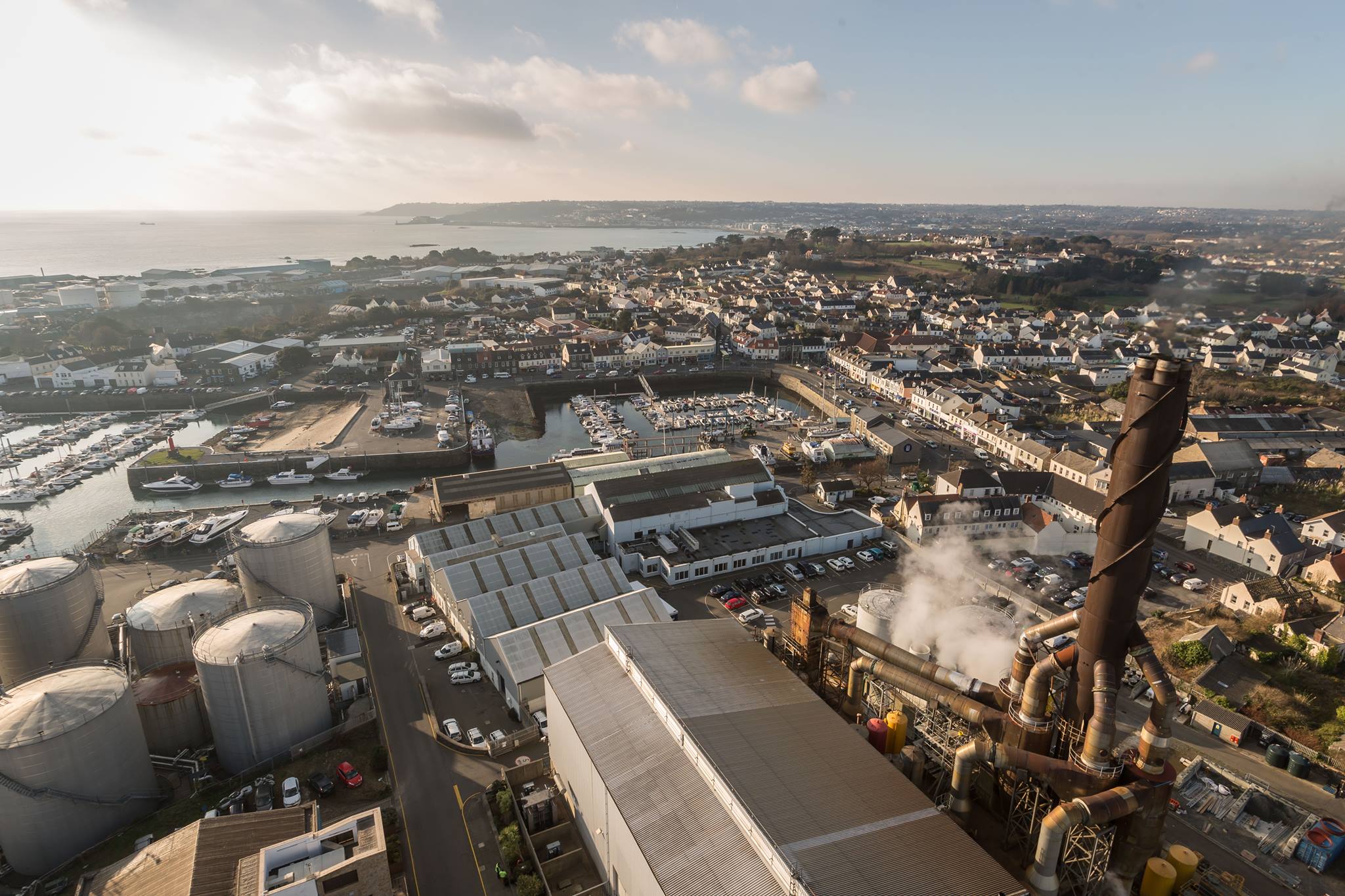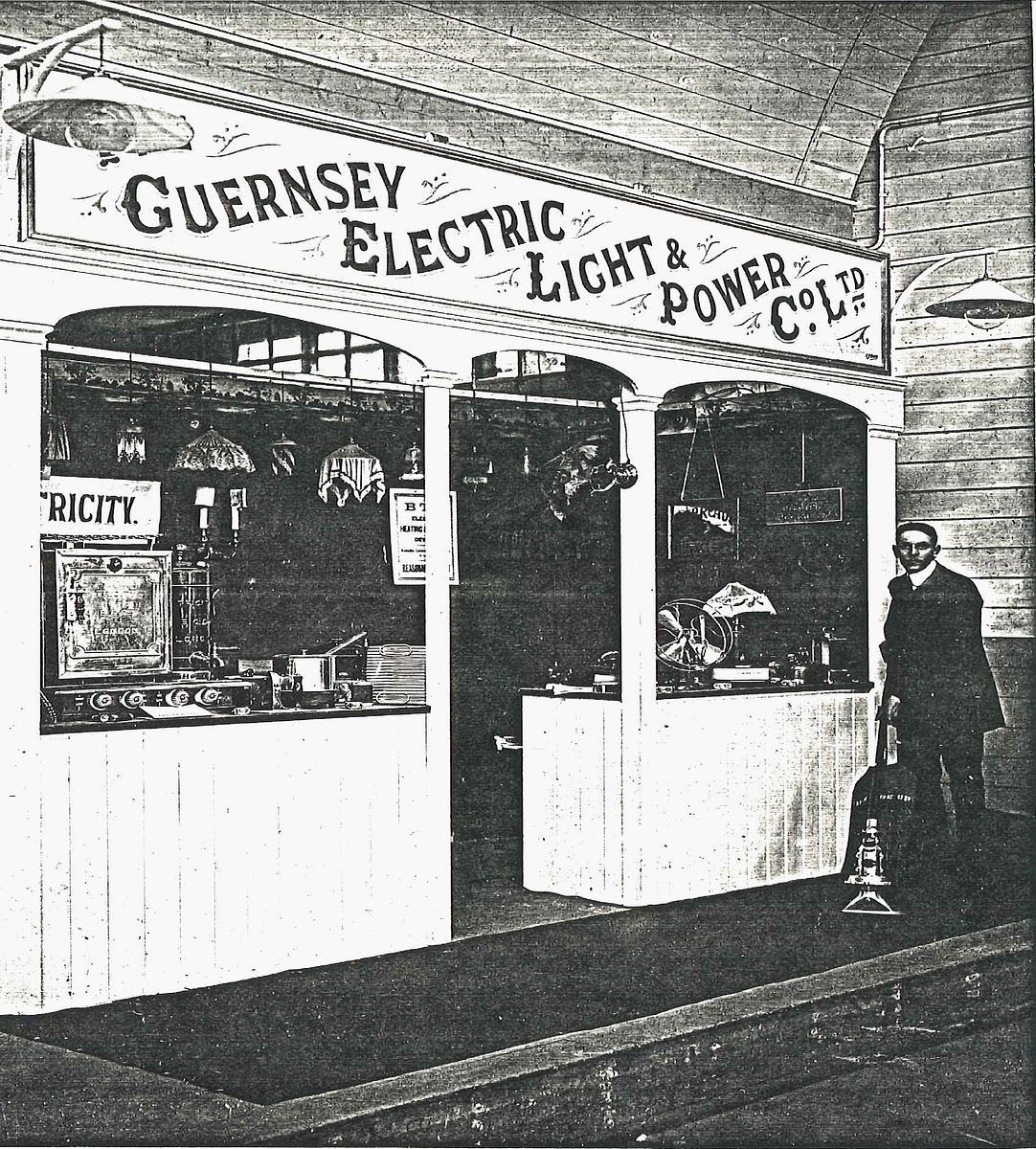A journey through time
As we commemorate the 80th anniversary of Guernsey’s liberation, we’ve been reflecting on how Guernsey Electricity (GEL) has continued to adapt to challenges over the past 125 years from 1900 to 2025. This includes the resilience and ingenuity displayed during the Occupation and subsequent liberation.
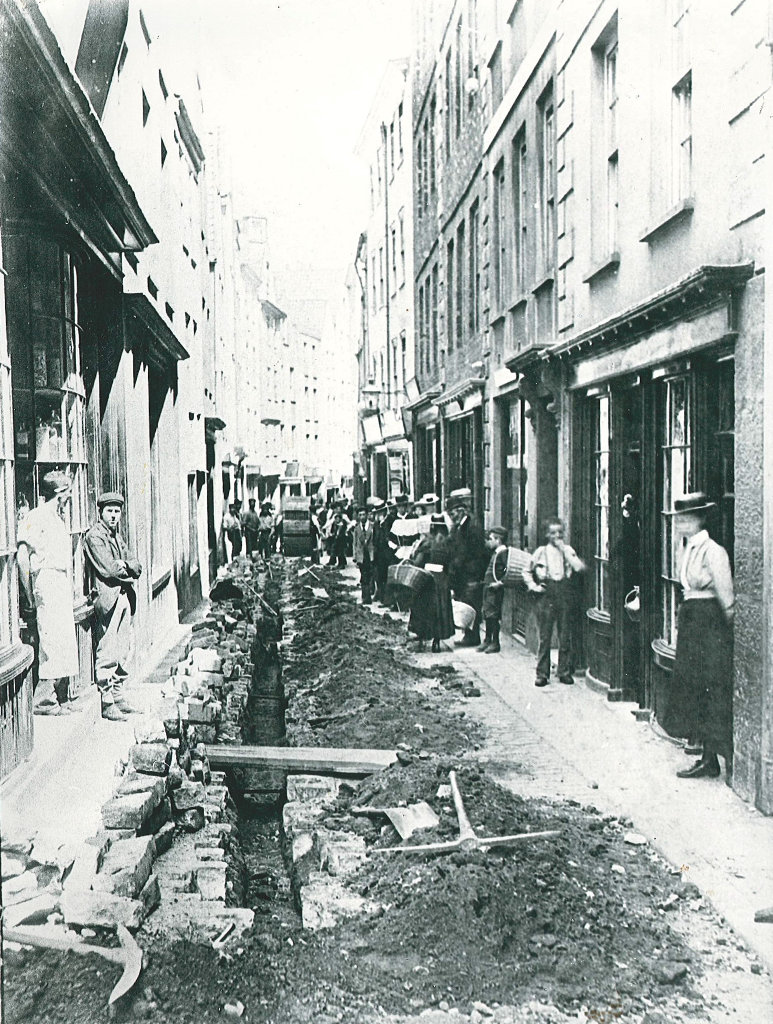
Early beginnings
In 1898, F.E. Gripper secured the rights to establish an electricity system in Guernsey, marking the beginning of a transformative era for the island. The first units of electricity were generated at Les Amballes power station and distributed to customers on 20th February 1900, which had an initial generation capacity of 150 Kilowatts (kW).
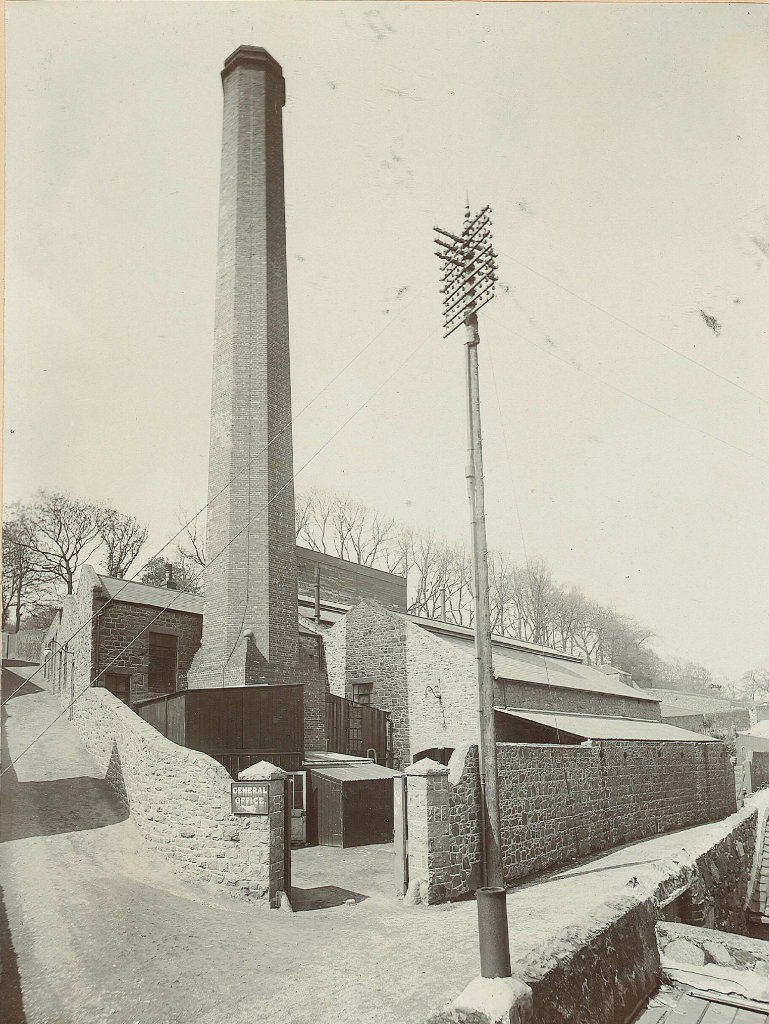
The following years saw the construction of the St Sampson’s substation and the introduction of gas engines to meet the growing demand from local quarries.
The opening of new offices and a showroom at 25 High Street in 1913 helped establish a presence in the community. However, World War I posed challenges such as fluctuating electricity demand and rising fuel costs.
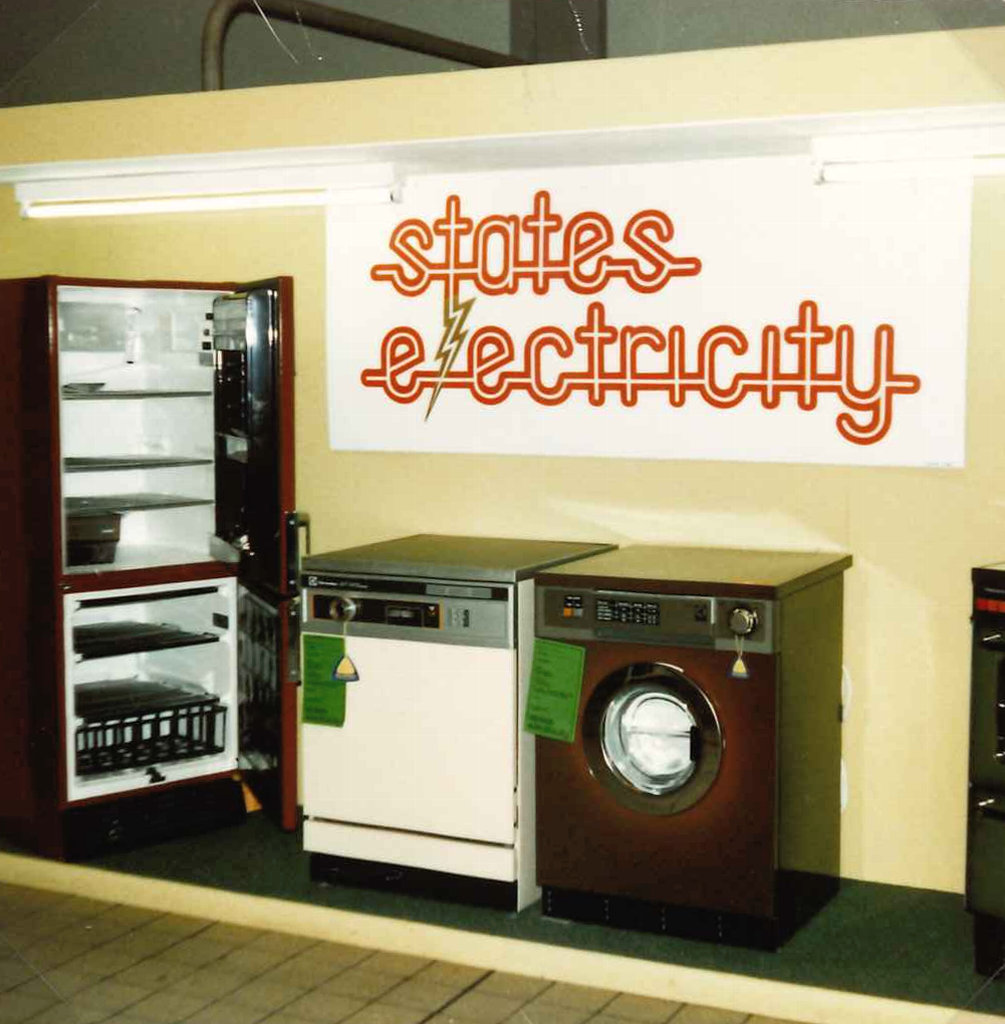
Interwar period and States control
The interwar period brought significant economic challenges, including the adoption of the sterling pound in 1921. Despite these difficulties, the company adapted by introducing AC generation and the installation of further diesel generators to meet the growing electricity demand.
In 1933, the States of Guernsey took over from the Guernsey Electric Light and Power Company, forming the States Electricity Board (SEB). This transition led to immediate tariff adjustments and an increase in consumer connections.
During this time, due to the growing prospect of war, practising blackouts became a common practice in Guernsey. As the storm clouds of war gathered with the rise of the Nazi regime in Germany, precaution extended to the power station where reinforcements were made to the main structures to minimise damage from potential bombing.
World War II and Occupation
The British Government decided to demilitarise the Channel Islands. However, unaware of Guernsey’s demilitarised status, the Nazis bombed St Peter Port harbour on 28th June 1940, mistaking a group of tomato lorries for a convoy of troop carriers. Two days later, on 30th June, German troops began to arrive.
Soon there were as many soldiers as civilians, with numerous defensive positions built as part of the Atlantic Wall.
At the time, Guernsey had a population of 40,000. Around 17,000 islanders, including many school children, evacuated to England.
Along with the other evacuees, June 1940 saw two-thirds of GEL’s employees evacuated to England, leaving 36 volunteer employees during the German Occupation.
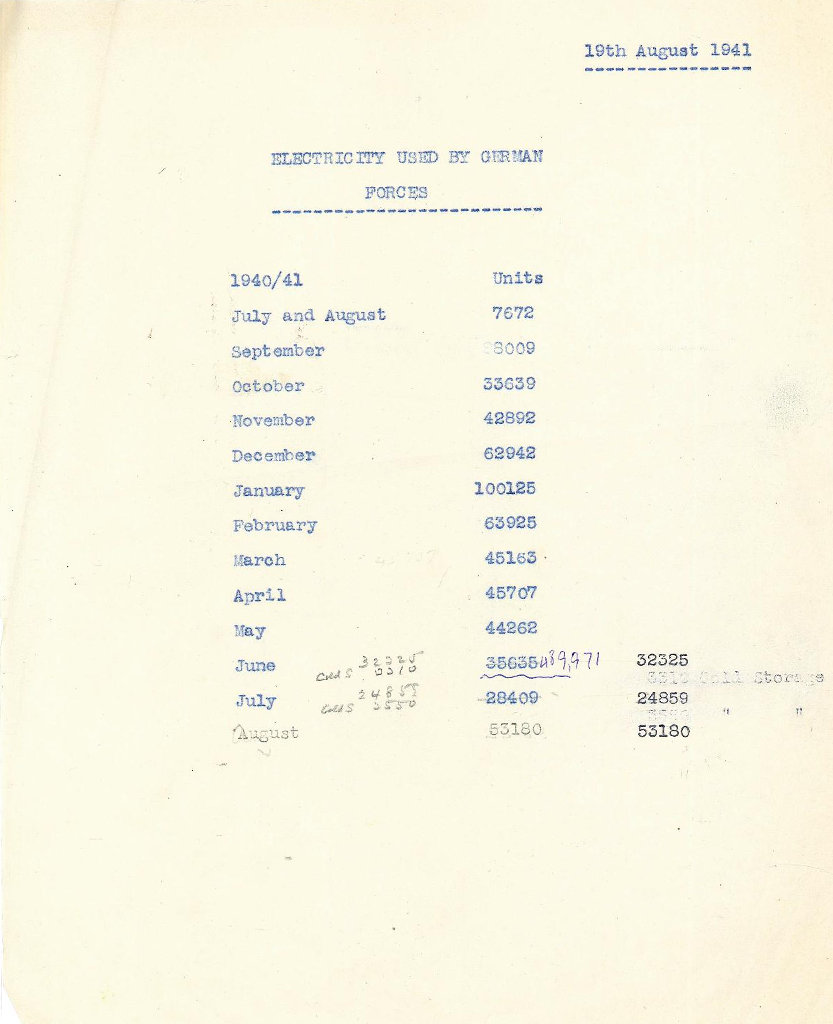
During this time, electricity was severely restricted as emergency stocks of coal and oil needed to be gathered. This meant that sufficient oil was available to provide reduced power until May 1941, with the occupiers being the main users of power.
The generation of power from burning waste was tested, with coal burning as a backup system which helped meet the minimum essential load requirement of 145 kW. Limited supplies of oil arrived, and generators were changed to run off gas.
The Organisation Todt (OT), who were constructing defences, were required to arrange for the delivery of oil to generate the electricity needed. Further restrictions were imposed in October 1943, allowing four units of power per week per house. The OT subsequently constructed a power station to run off anthracite and coal in Petit Bot.
By the end of March 1945, electricity was in such short supply that rationing increased and even the hospital received power for only four hours a day.
Thankfully, after the Island was liberated in May 1945, electricity rationing came to a welcome Air Raid Sirens, August 1940 end on 24th May 1945.
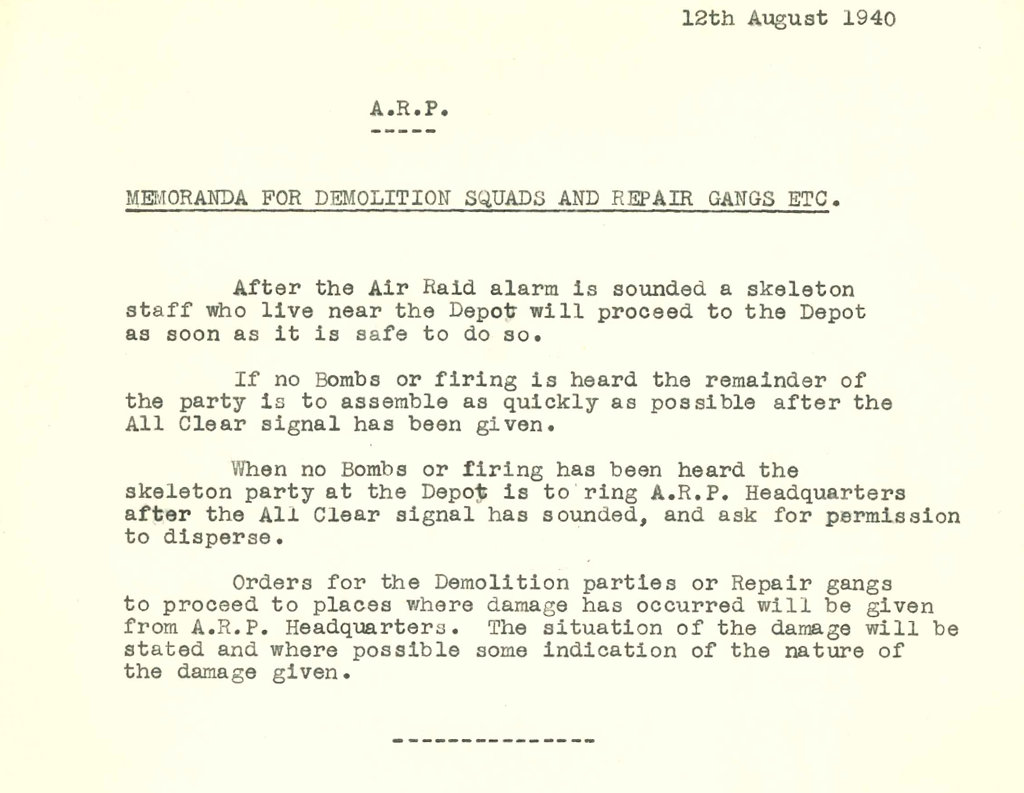
Post-war recovery and expansion
After the Second World War, many areas of Guernsey’s electricity infrastructure needed repairs, but getting new machinery during a time of reconstruction for Europe was understandably hard. The 1950s and 1960s saw rapid growth in the electricity industry, with around 600 new connections each year. Major projects included upgrading substations and increasing generating capacity to 16 Megawatts (MW).
In the 1950s, as technology developed, the demand for electricity grew quickly. Sales reached 32.5 million units, and by 1970, the States Electricity Board had reached over 21,000 consumers.
Stagnation and renaissance
From 1971 to 1984, international oil crises led to price increases and customers reduced their electricity usage accordingly. In October 1973, the Organisation of the Petroleum Exporting Countries (OPEC) increased oil prices and restricted exports. The UK limited oil supplies, leading Guernsey to establish an Emergency Fuel Conservation Advisory Committee. This committee required weekly sales reports and restricted electricity use for non-essential purposes like heating swimming pools and festive lighting. As a result, along with continuing economic concerns, electricity sales fell for the first time since the occupation. Oil prices continued to rise, leading to annual tariff increases until 1977.
The following years saw renewed investment and development, including the construction of new engine halls and generating sets increased capacity to 54.6 MW, alongside upgrading the distribution network to 11kV.
With the prediction that electricity demand was likely to increase further in future years, alongside the price turmoil caused by Guernsey’s reliance on oil for generation, in 1972 the first discussions of investigating a cable link (either to Jersey or France) were held.
Modern era
In 1991, the name ‘Guernsey Electricity’ was adopted which later became ‘Guernsey Electricity Limited’ (GEL) with commercialisation in 2000.
The modern era has seen many technological advancements and a focus on sustainability.
The transition into the 21st century saw the commissioning of a new control centre in 1994 and the introduction of a new tariff to encourage off-peak electricity use. The installation of a subsea cable (GJ1) in 2000 allowed the import of low carbon electricity from the European grid via Jersey. This formed a key milestone for GEL, as the reliance on local generation at the Vale power station significantly reduced which supports Guernsey’s long-term sustainability goals.
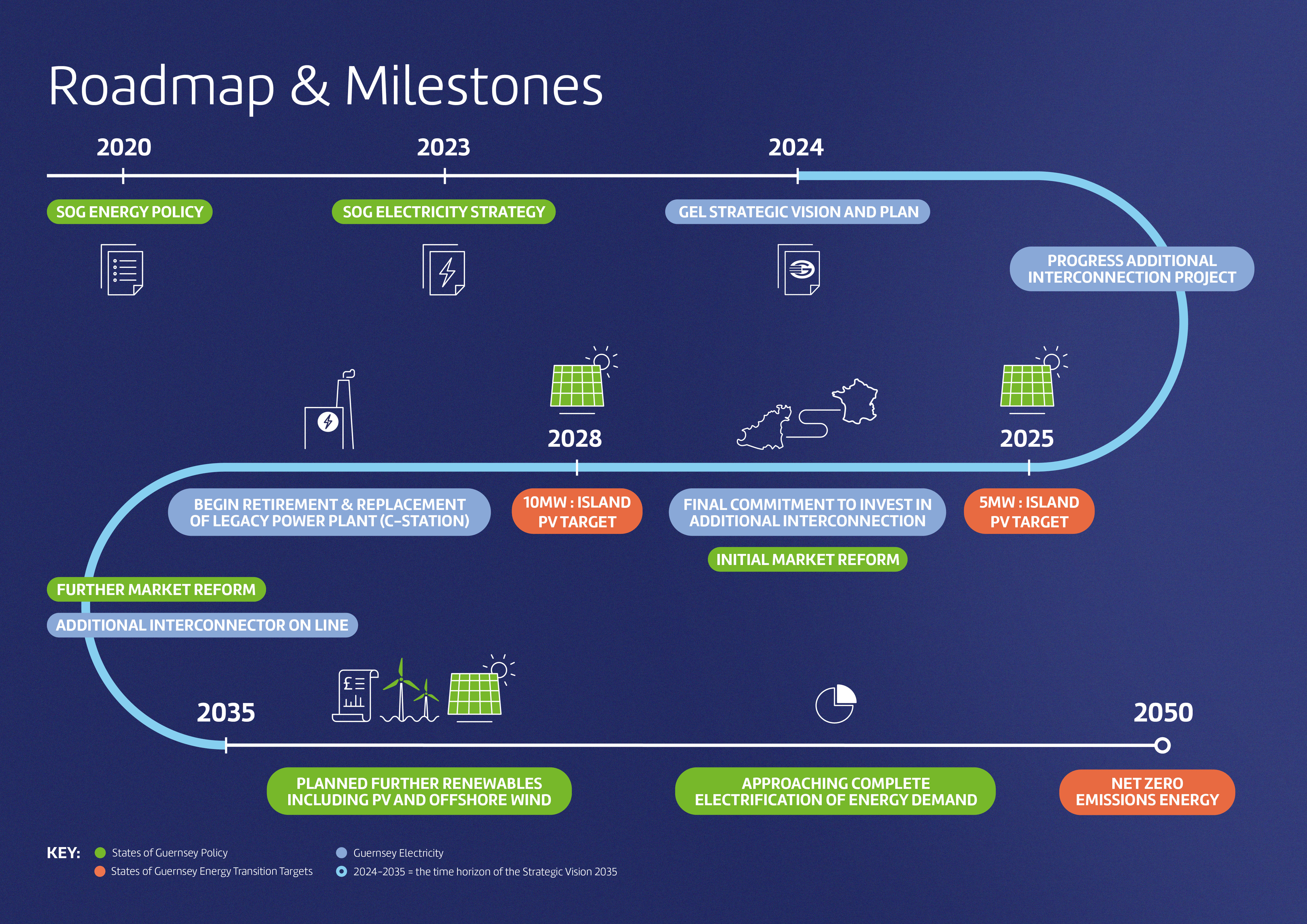
Modern day
In recent years, GEL has continued to innovate and adapt to the changing energy landscape, embracing renewable energy sources and implementing measures to further improve energy efficiency. In 2023, the States of Guernsey approved the Electricity Strategy. Following this,
GEL began formulating a clear 10-year plan for our future energy plans, incorporating 12 long-term strategic aims, key milestones, and a pathway of how GEL plan to achieve further decarbonisation by 2050. Adapting to change to do the right thing for the island has always been, and will always be, a key factor for Guernsey Electricity.
